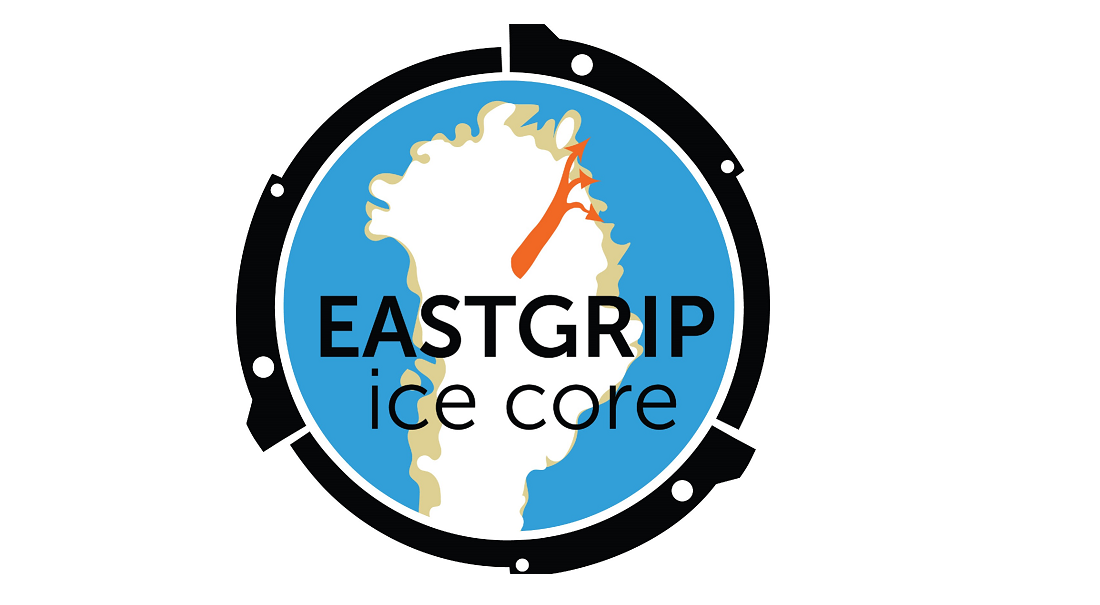An international research collaboration (EGRIP) headed by ice core scientists from the University of Copenhagen has attained their goal of drilling to the bottom of the ice sheet. It marks the first time that this has been achieved in an ice stream, where vast amounts of ice slide coastwards. The breakthrough could be critical for understanding and projecting rising sea levels.
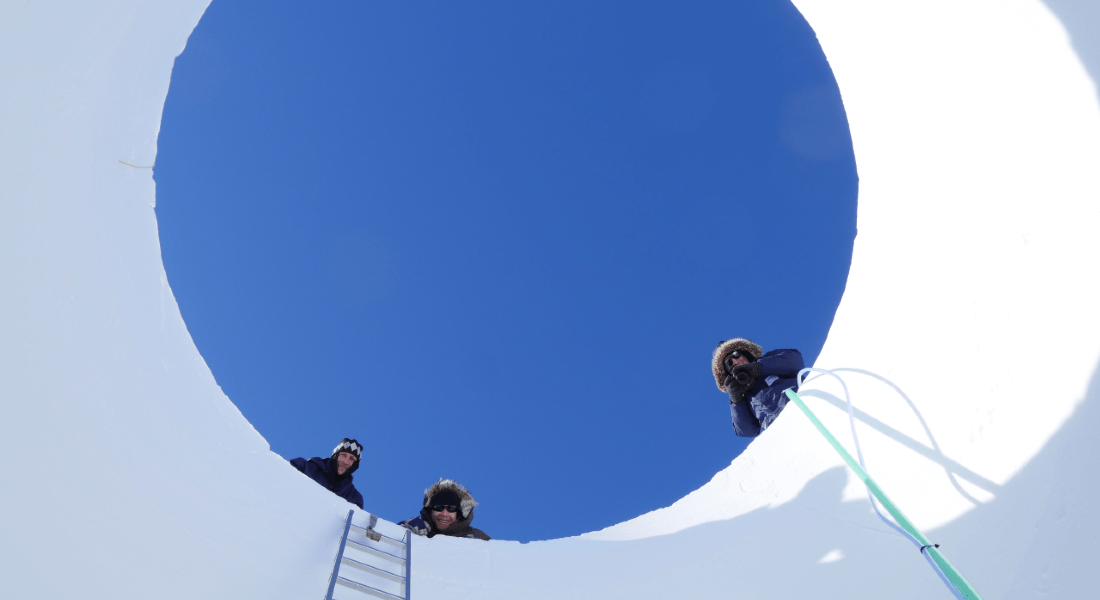
With a sudden reward of mud at their feet, researchers at the EGRIP research station had successfully made it through the 2670-meter ice sheet last week after seven years of drilling. In doing so, the research group met their ultimate goal of drilling all the way through the ice and to the bedrock below.
"This is the first time that a deep ice core has been drilled through an ice stream, so it will be extremely exciting to analyse the material, which has much to tell us about how our planet's climate has changed over the past 120,000 years. But we need to wrap up our work here first," says Professor Dorthe Dahl-Jensen of the University of Copenhagen's Niels Bohr Institute, who leads research at EGRIP.
The mud, which had not seen the light of day for roughly a million years, was only briefly exposed to sunlight, as white light can damage ice core material. Instead, the core was retrieved in red light and immediately packed away, like a Christmas present that will need to remain unopened until some special day down the road.
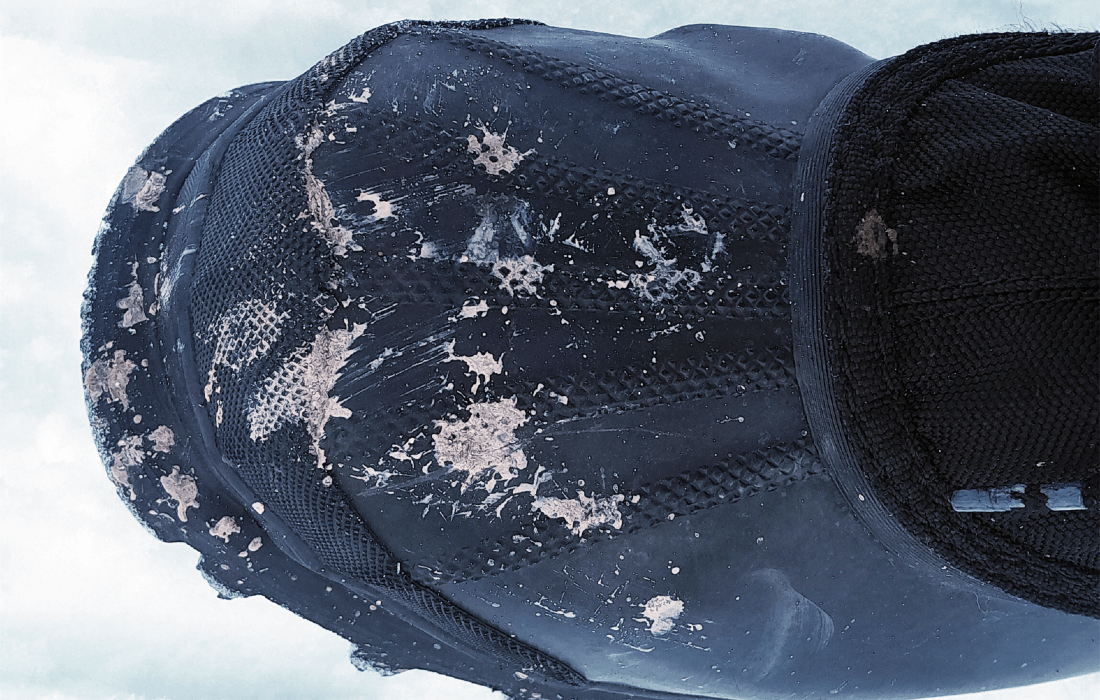
"Though it was tempting to take a closer look, we quickly sealed the ice core, kept it frozen and sent it to Kangerlussuaq Airport, where it is now waiting for a flight to Denmark," says Dorthe Dahl-Jensen.
Results could change climate models
Despite the quick packaging and send off, the drilling has already delivered the scientists research "gold".
Facts about ice cores
Ice cores contain a wealth of information about past environments, which can be extracted from the ice itself, from impurities in the ice and from bubbles trapped in the ice which contain samples of ancient atmospheres, along with their greenhouse gas contents.
With regards to ice core contents, Dorthe Dahl-Jensen has previously stated:
"For example, we can see all of the major volcanic eruptions by measuring the sulphate content in ice cores. We can also see how mercury and metals made it into the air as a result of industrial development. As far back as Roman times, we can clearly see that the content of heavy metals in the atmosphere has increased."
The first ice cores were drilled exactly seven years ago, on July 21, 2016. The 2020 and 2021 fieldwork seasons were canceled due to COVID.
This is the first time that a deep ice core has been drilled through an ice stream. Greenland's ice streams supply the sea's surrounding it with nutrients that are important for fishing. Thus, the future of ice streams is also of direct importance to Greenland.
"The results are exceptional. The ice stream flows like a river of ice that tears itself free of the surrounding slow-flowing ice sheet. We can see that the entire 2670-meter-thick mass of ice flows like a block at a speed of 58 meters per year. This will change climate models because it redefines our basic understanding of how ice moves," explains Dorthe Dahl-Jensen, who continues:
"The block of ice floats on a layer of wet mud. It seems to act as a kind of layer of quicksand that allows the ice block to flow undisturbed across the bedrock. Near the bottom of the ice sheet, we find rocks and sand embedded in the ice. The measurements also show that the ice is melting at the bottom," she says.
Towards the base, the ice is more than 120,000 years old and dates back to the last interglacial period, a time when the atmospheric temperature above Greenland was 5°C warmer than today.
Last drill got stuck
The last ice core was drilled on July 21, 2023. These final 4 meters of ice were drilled using a rock coring system due to the presence of pebbles in the ice.
Chief ice core driller Steffen Bo Hansen of the Niels Bohr Institute was on hand when the breakthrough took place:
"The rock drill became stuck at the bottom and we feared that we would lose both the last core and drill itself. Loosening the drill was tough because it got stuck in the wet mud at the bottom. Fortunately, we succeeded. We have now successfully drilled through the ice stream, and it was amazing to find mud beneath the ice," he says.
A 2670-meter-long account of Earth's climate
All in all, the ice core is a 2670-meter-long record that tells of how our planet's climate has changed over the past 120,000 years. It will be analyzed in dozens of laboratories around the world.
Due to the ice core's outstanding quality, the scientists expect to be able to document the climate surrounding the ice during both the warmer and colder periods of the 11,700 years since the last ice age, as well as the anthropogenic changes caused by human development.
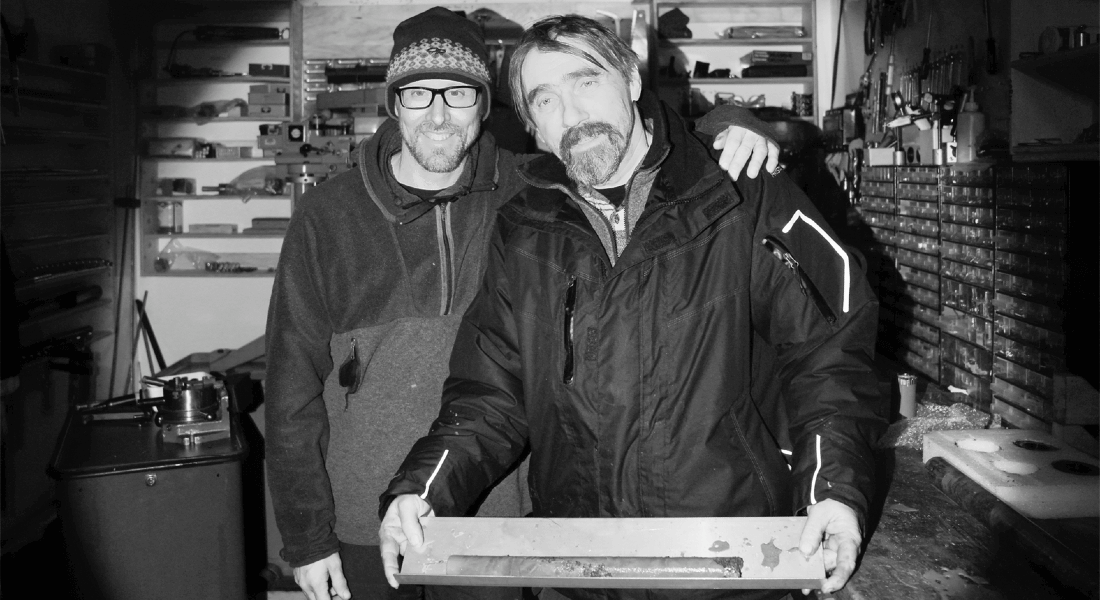
Analyses of the last ice cores will begin in fall, when the research group returns to Copenhagen. The EGRIP ice core is stored in the Danish ice core repository in the Copenhagen suburb Brøndby together with most of the deep Greenland ice cores. Samples from the ice cores drilled the previous years have been analyzed in more than 30 laboratories and the first 53 papers have been published.
Facts about the EGRIP camp, new technology and innovation.
The EGRIP camp is mobile. The main building, "The Dome", is on skis, while the rest of the equipment and infrastructure is on sledges. This allows the entire camp to be removed and towed by tracked vehicles to new drilling sites on the Greenland Ice Sheet.
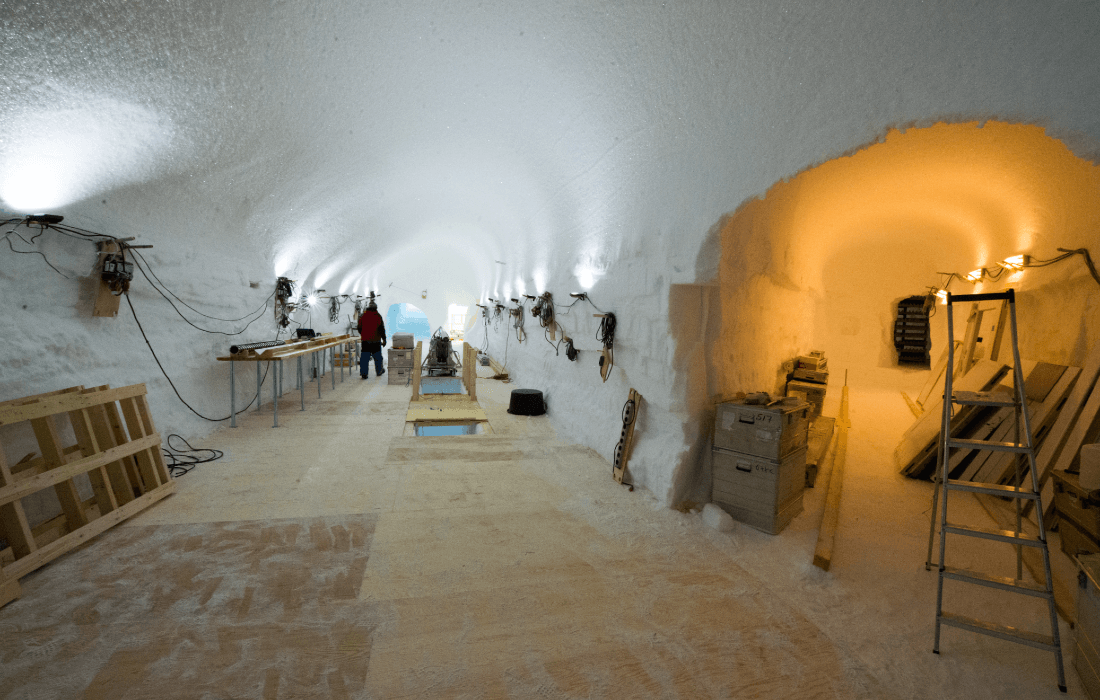
A drill trench and science trench were constructed beneath the snow surface by inflating balloons with a diameter of five meters and a length of 45 meters in seven-meter-deep trenches dug into the snow. Snow was then blown over the tops of the balloons. After a few days, the balloons were deflated and removed, after which the trenches were ready for drill operations and ice core analyses.
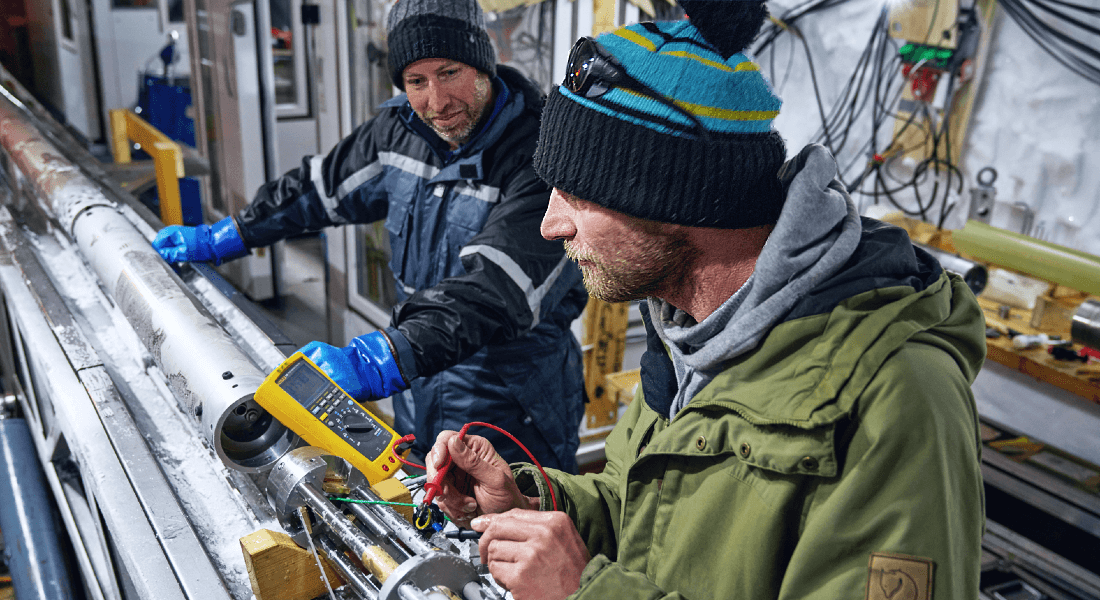
A new electronic navigation package in the Danish made drill made it possible for drillers to control the inclination of the ice core drill and make future replicate coring in the same bore hole possible.

A key to understanding rising sea levels
The loss of ice from Greenland's ice sheet is a major contributor to rising sea levels and is expected to increase as temperatures over Greenland edge ever upwards. Half of this ice loss comes from Greenland's ice streams, whose behavior is still not well understood.
Thus, knowledge of how Greenland's ice streams move is a key to understanding how sea levels will rise in the future and will serve to improve the accuracy of projections.
"I'm thrilled about the success. I've followed the flow of ice by measuring the borehole's shape over the years using a borehole logger. The fact that the ice is not dislodged, but slides as a block over mud, will improve future sea level projections using recalibrated models," says Dorthe Dahl-Jensen.
About the Study
EGRIP is an international project and includes participants from 12 nations. The contributing nations are Denmark, the United States, Germany, Japan, Norway, Switzerland, China, Canada, France, South Korea, the United Kingdom and Sweden.
Logistics are carried out by the University of Copenhagen and the US National Science Foundation. All of the nations have participated in fieldwork and ice core drilling. 40% of the more than 600 field participants have been young scientists trained in EGRIP's international research environment.
Thus far, samples from EGRIP ice cores have been analysed in more than 30 laboratories and an initial 53 articles have been published (https://eastgrip.org/Publications.html).
Denmark is EGRIP's largest partner, accounting for 55% of the project's budget. The project is supported by the AP Møller Foundation, the Villum Foundation and the University of Copenhagen.
Information on the project and field work can be found on the EGRIP homepage and the publications here.
